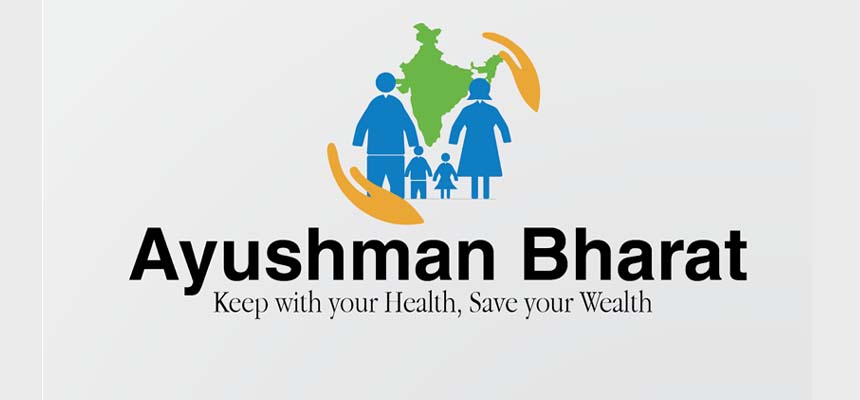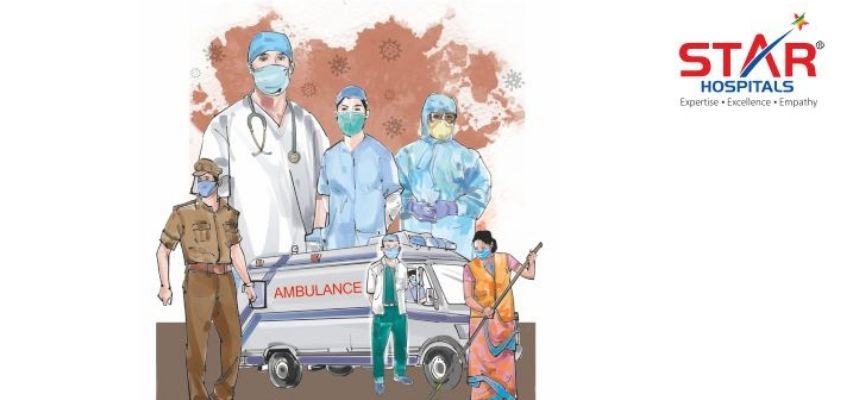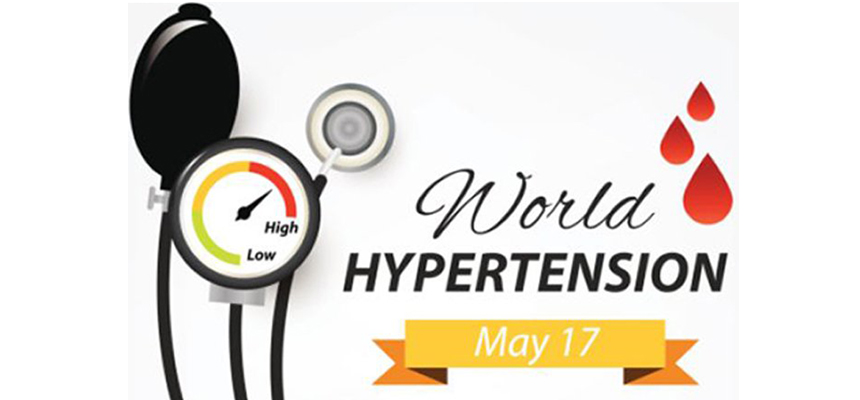Ayushman Bharat has renewed emphasis on preventive care

Mr R Govind Hari, president of Association of Healthcare Providers of India (AHPI) talks about Ayushman Bharath and the support given by hospitals for this largest government funded health care programme as very unique.
The two of the land mark initiatives the government come out under AYUSHMAN BHARAT will put renewed emphasis on preventive care, he added. The initiatives at the same time will strengthen primary diagnostic care, which has proved to be the weak link in India’s health system, he stated.
The Second initiative, adds Govind Hari, is going to be game changer as it would for the first time provide opportunity for poorest of poor to get secondary/tertiary care for serious ailments at massive cover of Rs. 5-lakh per family.
Association of Healthcare Providers of India(AHPI), the largest body to represent 9500 private hospitals of 200 and 500 bedded in the country,hails “Ayushman Bharat”.
Looking at sheer size and quantum of work, it would be imperative that resources available with public and private sector are pooled and managed effectively. The Association of Healthcare Providers (India) has conveyed to the government that its vast majority of hospitals will support and will stand by government to make the schemes successful under overall aim of realising universal health coverage (UHC).
The two main initiatives under AYUSHMAN BHARAT are : The government has announced the launch of 1.5 lakh Health & Wellness centres to bring primary and promotive health care system closer to the homes of people. These centres will provide comprehensive health care, including for non-communicable diseases and maternal and child health services. These centres will also provide free essential drugs and diagnostic services. The Budgetary allocation for this flagship programme is in the tune of Rs.1200 crore. Contribution of private sector through CSR and philanthropic institutions in adopting these centres is also envisaged, Govind Hari informed.
Considering that we have about 1.5 lakh sub-centres available, it will be in fitness of things that these sub-centres are upgraded into HWCs as sub-centre is closest to the community. The first point of referral for such HWCs in normal course would be nearby existing PHC/ CHC to provide the package of comprehensive primary health care. It will have further linkages with the district hospitals and tertiary care teaching hospitals. Considering that Sub-Centers are known to have not been functioning effectively, it will require considerable re-engineering of existing structure and resources to provide comprehensive private care including; Maternal Health Care Services, Neonatal and Infant Health Care Services, Management of Communicable and Non-Communicable Diseases along with necessary diagnostic services etc.
Reference to the Health & Wellness Centers was made in the the national health policy released on 15th March 2017.Few states including Haryana, Punjab and J&K are known to have initiated converting some of their sub-centers in to HWCs. Haryana & Punjab governments have planned to train community health officers, who would manage these centers, with specialist doctor from nearby PHC or CHC visiting HWCs on regular basis.
The Private sector will have a pivotal role to play. Private sector has the huge opportunity of adopting few Sub-Centers as HWCs. AHPI has proposed to the government that its member hospitals will be willing to manage some of the HWCs within the same budget, which government provide for existing sub-center. The manpower would be fully deployed by the private sector provider. The private provider will deploy appropriate staff with provision of specialist doctor visiting on need basis from main hospital or consulting through telemedicine as the need be. For private sector it will be partly a CSR venture and commitment towards society. Entry of private sector in a way will also generate healthy competition as well as cooperation between public and private sector.
The National Health Protection Scheme which is the flagship programme under AYUSHMAN BHARAT, will cover over 10 crore poor and vulnerable families (approximately 50 crore beneficiaries) providing coverage upto Rs5 lakh per family per year for secondary and tertiary care hospitalization. This will be the world’s largest government funded health care programme. Adequate funds are being provided for smooth implementation of this programme. The actual roll out of program is likely to be from 15th August/ 2ndOctober 2018.
If there were adequate public sector hospitals, then scheme could have been delivered through network of CHCs, District Hospitals and government teaching hospitals. Considering that about 60% IPD beds are being provided through private sector, it is inevitable that private sector will have to play important role in NHPS. Country has experience of operating central government insurance schemes like CGHS, ECHS, ESIC, RSBY etc. Similarly, there are state government insurance schemes in states like; ANDHARA PRADESH, TELANGANA, TAMIL NADU, MAHARASTRA, GUJARAT, RAJASTHAN, KARNATAKA etc. There are enough success/failure lessons from these schemes, which could be made use of in designing near perfect model to deliver NHPS. AHPI member hospitals will come forward in operating of the scheme as per agreed terms and conditions. AHPI is already in the process of providing suggestions to government in designing of such schemes having far reaching impact which also fits-into the motto of AHPI: “Educating and Advocating for Well Being of common man”

 Disclaimer: Welthi.com does not guarantee any specific results as a result of the procedures mentioned here, and the results may vary from person to person.
Disclaimer: Welthi.com does not guarantee any specific results as a result of the procedures mentioned here, and the results may vary from person to person.









